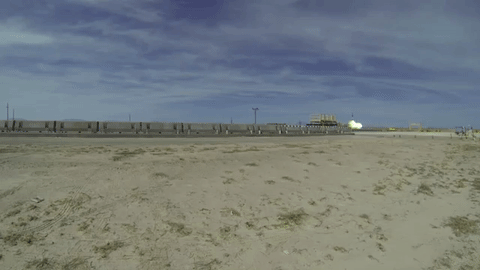Apr 20, 2016
The US Air Force just broke the world speed record for magnetic levitation
Posted by Sean Brazell in category: futurism
The US Air Force’s 846th Test Squadron is on a bit of a roll when it comes to breaking world speed records. A couple of years ago, the unit set the speed record for magnetic levitation at 510 mph. Then earlier this year on March 2nd, the squad broke the record again at Holloman’s Air Force Base in New Mexico, sending a 2,000 pound, magnetically levitated, rocket-powered sled down a nearly frictionless track at 513 mph. But that record only stood for two days, when the 846th set a new one at an incredible 633 mph.


















